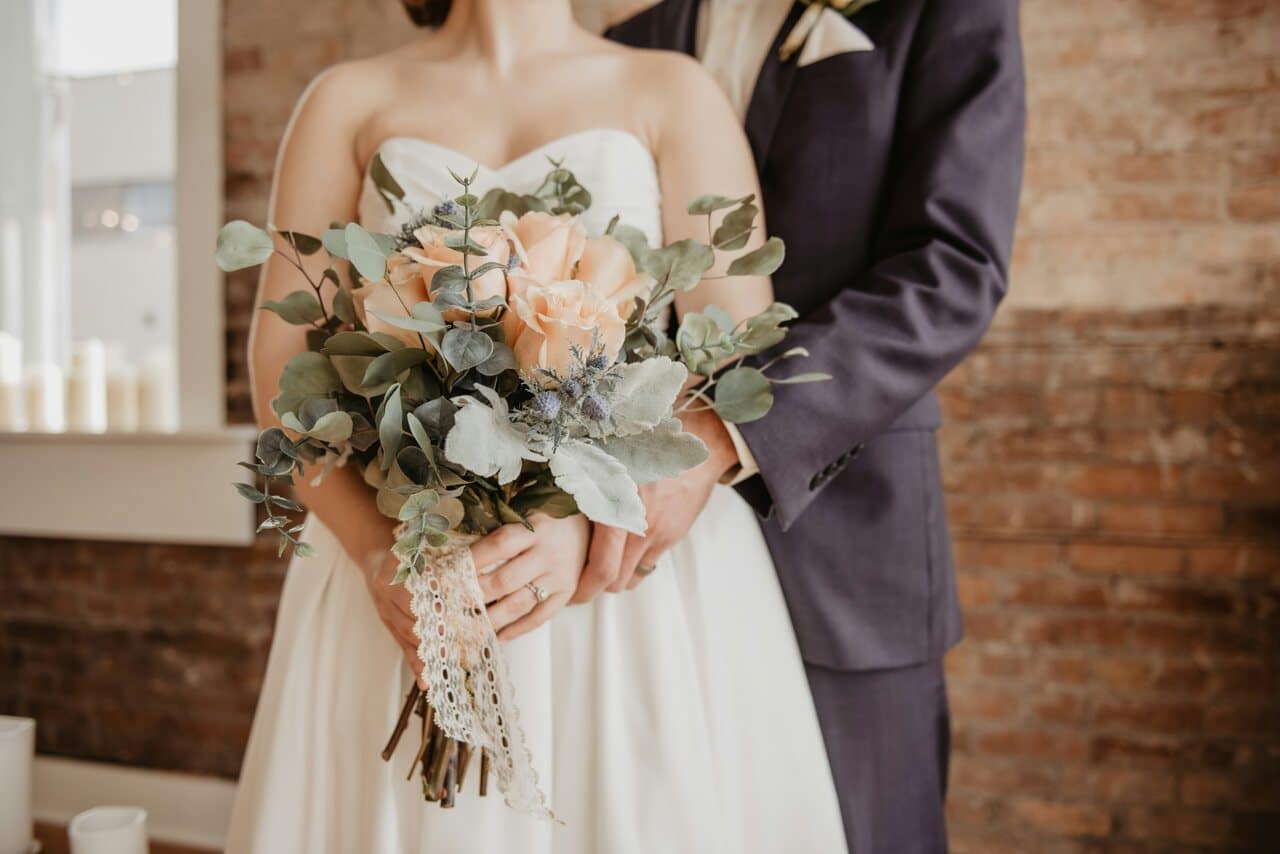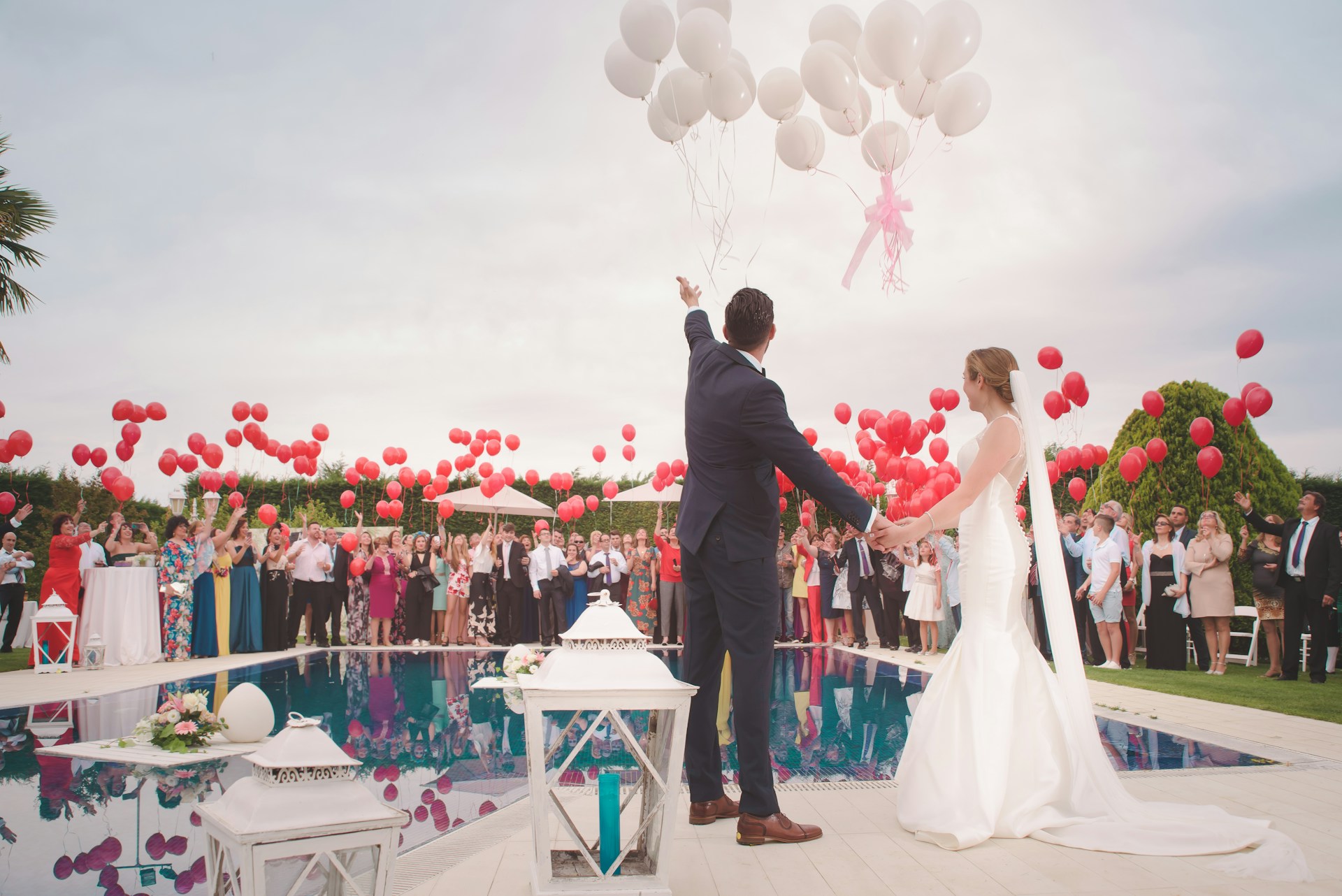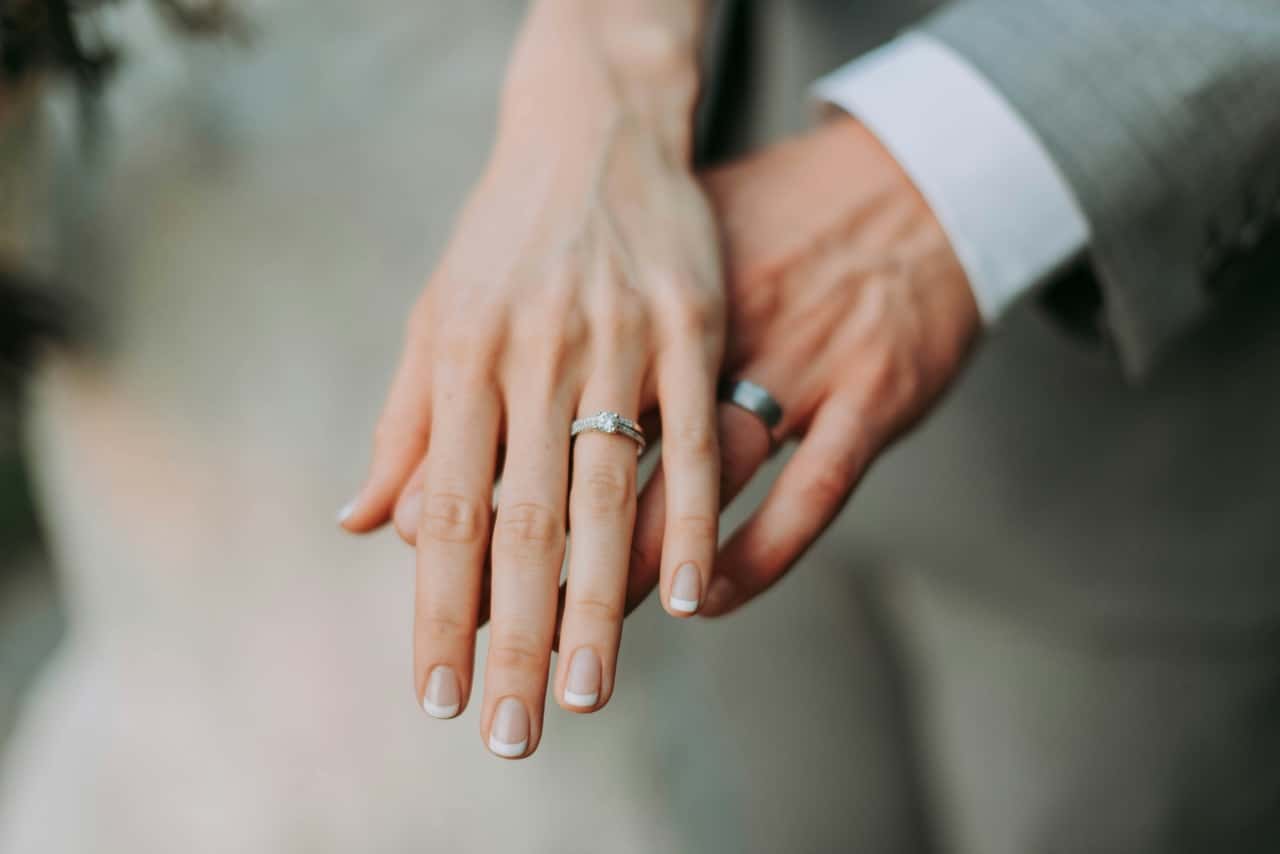
Spanish Wedding Traditions You Won’t Believe
DATE:
Imagine stepping into a world where every detail, from the attire to the food, tells a story of centuries-old traditions and cultural pride. That’s the essence of a Spanish wedding, a splendid event that intertwines history, romance, and festivity. Whether you’re planning your wedding or just fascinated by cultural customs, understanding Spanish wedding traditions offers a captivating glimpse into Spain’s heart and soul.
Before the Wedding: Engagements and Preparations
Pedida de Mano (Asking for the Bride’s Hand)
In Spain, engagements remain steeped in tradition with the “Pedida de Mano,” a formal proposal and family gathering rolled into one. Here, the groom’s family visits the bride’s home to ask for her hand in marriage, symbolizing the union of two families. This event is typically marked by a celebratory meal and is a prime example of how many Spanish wedding customs are rooted in centuries-old traditions.
Choosing Padrinos (Godparents)
The selection of ‘Padrinos,’ akin to godparents, plays a crucial role in Spanish weddings. The Padrino, usually the bride’s father, has the honor of accompanying the bride down the aisle, while the Madrina, often the groom’s mother, supports the groom. These figures are not only symbolic but also take on responsibilities to support the couple both during and after the wedding.
Wedding Announcements
Traditionally, Spanish wedding announcements are made in church, allowing the community to partake in and celebrate the upcoming union. This custom emphasizes the community’s role in supporting and witnessing the marriage, reflecting the communal nature of Spanish society.
The Ceremony: Rituals and Symbolism
The Role of the Church
In Spain, the church plays a central role in wedding ceremonies, reflecting the country’s deep-rooted Catholic traditions. The religious ceremony is profound and solemn, filled with rich rituals that signify the sanctity and indissolubility of marriage.
Exchange of Arras (Coins)
One of the unique aspects of Spanish weddings is the exchange of arras—thirteen gold coins that the groom presents to the bride. This act symbolizes the groom’s commitment to financially support his bride, and the bride’s acceptance symbolizes her trust and faith in his care. These coins are often passed down through generations, adding an heirloom quality to the ritual.
The Lazo (Wedding Lasso)
During the ceremony, the couple may also be bound together with a ‘lazo,’ or lasso, typically a rosary or white ribbon. This tradition symbolizes the unification of the couple in marriage, a physical manifestation of their new bond.
DID YOU KNOW…?
Did you know that in some regions of Spain, it’s traditional for the groom to present the bride with a watch in their engagement as a symbol of the time they will share?
The Reception: Food, Music, and Festivities
Traditional Spanish Wedding Food
A traditional Spanish wedding is a joyous affair that extends well into the night, with food playing a central role. Guests are treated to regional delicacies that might include tapas, paella, and a variety of seafood, reflecting Spain’s rich culinary traditions. Each dish is prepared with care, representing the family’s hospitality and generosity.
Music and Dancing
After the meal, music and dancing take center stage, with traditional flamenco often being a highlight. The rhythm of guitars, the clap of castanets, and the passionate dance stir the soul and celebrate the couple’s new journey.
Wedding Favors
As a token of gratitude, guests receive small wedding favors. These often include small details like embroidered handkerchiefs or fans, which are especially useful during warm Spanish summers and serve as a memento of the occasion.
As we delve into the specifics of Spanish wedding attire and explore the regional variations of these traditions, remember that each element of a Spanish wedding is a thread in the larger tapestry of Spanish cultural heritage.

Spanish Wedding Attire: Elegance and Tradition
The Bride’s Dress
When it comes to Spanish wedding attire, the bride’s dress is often a central spectacle. Typically, Spanish brides wear a long, white or ivory gown, frequently embellished with lace and delicate details. These gowns are not just garments but are treasures that embody elegance and family traditions, often passed down through generations or designed to become future heirlooms.
The Groom’s Attire
Equally traditional, the groom’s attire is usually characterized by a ‘traje de novio,’ a formal suit that might include a waistcoat, tailored trousers, and sometimes, a traditional hat. The elegance of the groom’s outfit complements the bride’s dress, together presenting a picture of grace and unity.
Guest Attire
Guests at a Spanish wedding also partake in the traditional dress code. Women often wear long dresses or sophisticated cocktail attire, while men don traditional suits. It’s common for female guests to wear elaborate fascinators or hats, particularly if the wedding is held in the daytime.
Regional Variations: Exploring Wedding Traditions Across Spain
Andalusian Weddings
In the sunny region of Andalusia, weddings often reflect the vibrant local culture with flamenco-influenced celebrations. Brides may choose a flamenco-style dress, and the festivities can include performances by professional flamenco dancers, infusing the reception with an energetic, passionate atmosphere.
Basque Country Weddings
Moving north to the Basque Country, weddings can have a more rustic and communal feel. It’s traditional for guests to contribute to the cost of the wedding instead of bringing gifts. The celebrations often feature robust Basque cuisine and might include rural sports or traditional dances, highlighting the community’s strong ties.
Catalan Weddings
In Catalonia, you might witness the ‘caganer,’ a unique figurine placed in nativity scenes that is also sometimes incorporated humorously into wedding decorations. Catalan weddings can be distinctive for their blend of modernity with traditions such as the ‘coca de llardons,’ a traditional pastry served to guests.

Embracing Tradition with SpanishVIP
As we conclude our exploration of Spanish wedding traditions, it’s evident that the rich cultural tapestry of Spain offers much to learn and celebrate. Whether you’re planning a traditional Spanish wedding or simply wish to understand more about these beautiful customs, SpanishVIP stands ready to deepen your connection to Spanish culture.
Our Dedicated Teachers are passionate about sharing their knowledge and love for Spanish traditions, helping you learn in a context that’s meaningful and vibrant. And with the support of our Student Success Advisors, you’re never alone on your learning journey.
Why not start with a free 1:1 class or enjoy a free 7-day trial of our group classes,? Embrace the Spanish language and culture with SpanishVIP, where learning meets tradition in the most joyful way.








